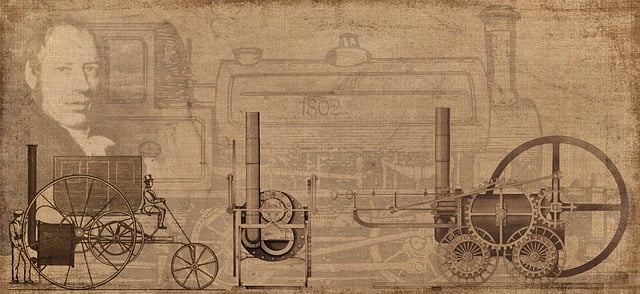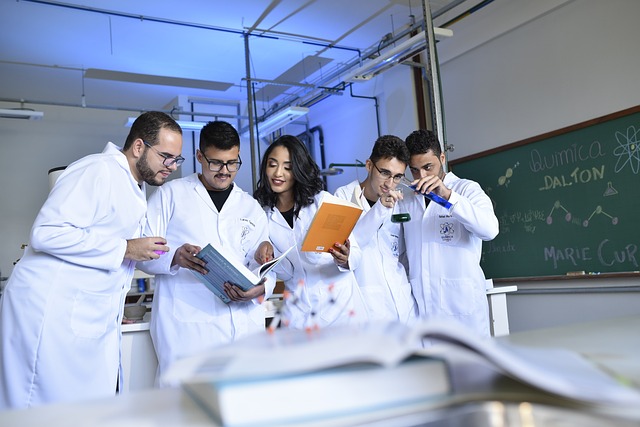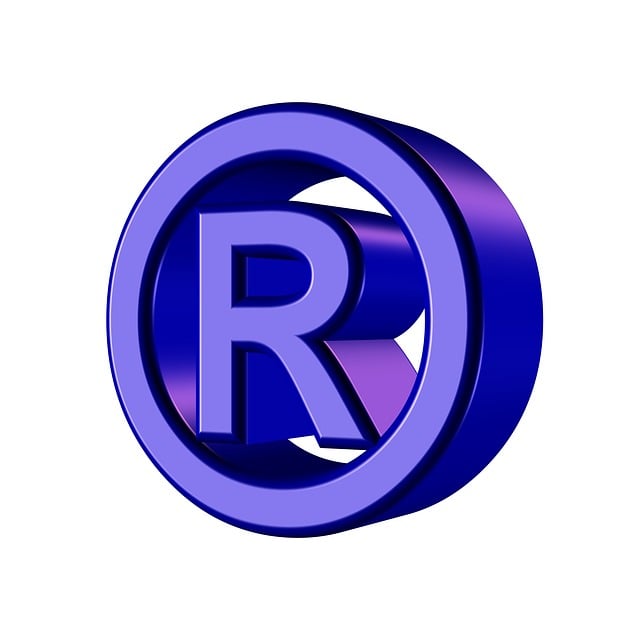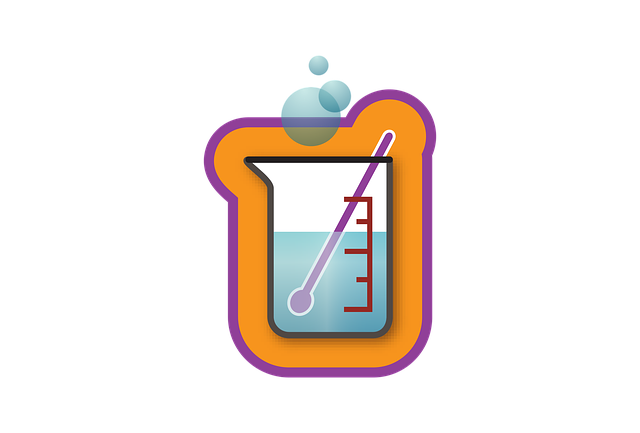Understanding UK patent regulations is crucial for protecting scientific inventions, with translation services playing a vital role for non-English speakers. The process ensures accurate conveyance of complex scientific processes and terminology to meet UKIPO standards. Key requirements include novelty (verified through international translations), inventive step, and industrial applicability. Professional translators skilled in scientific jargon are indispensable for crafting patent applications, adhering to strict legal standards and maintaining document integrity. Specialized translation services address unique challenges in technical accuracy and idea integrity, facilitating successful UK regulatory compliance. Best practices involve selecting experienced providers with a proven track record, direct communication between clients and translators, and quality assurance processes. AI-powered translation services enhance efficiency and accuracy, revolutionizing the UK's regulatory environment for scientific inventions.
“Ensuring UK regulatory compliance for patents, especially in the realm of scientific inventions, involves a deep understanding of local laws and precise translation. This article guides you through this intricate process, offering an in-depth look at the key aspects of UK patent regulations. From initial registration to maintaining legal standards, we explore the vital role of translation services. Discover how accurate translations meet these requirements and learn from common challenges and successful case studies. Additionally, we forecast the future impact of AI on enhancing compliance for scientific patents in the UK.”
- Understanding UK Patent Regulations: An Overview for Scientific Inventions
- The Role of Translation Services in Ensuring Compliance
- Key Requirements for Patents in the UK: A Breakdown
- Accurate Translation: How It Meets Legal Standards
- Common Challenges in Patent Translation and Their Solutions
- Best Practices for Engaging Professional Translation Services
- Case Studies: Successful Translations for Scientific Patents
- Future Trends: AI and Its Impact on UK Patent Compliance
Understanding UK Patent Regulations: An Overview for Scientific Inventions

Understanding UK Patent Regulations is a crucial step in securing protection for scientific inventions. The UK offers a robust framework for intellectual property (IP) rights, with specific guidelines for patents to ensure fair competition and innovation. For scientific inventions, these regulations can be complex due to the rapid advancements in research and technology. This often requires specialized knowledge to navigate the process effectively.
Translation services play a vital role here, especially for non-English speakers or those with cross-border interests. Accurate patent translation ensures that all legal documentation complies with UK standards. It involves not just word-for-word translation but also understanding technical jargon and scientific terminology to preserve the intent and meaning of the invention description. This meticulous process is key to ensuring your patents meet regulatory compliance, fostering a robust innovation ecosystem in the UK.
The Role of Translation Services in Ensuring Compliance

In the realm of intellectual property, ensuring compliance is paramount, especially when seeking protection for scientific inventions in the UK. One crucial aspect often overlooked is the linguistic precision required for patent documentation. Translation services play a pivotal role here, serving as the bridge between diverse languages and legal jargon. When it comes to UK patents for scientific inventions, accurate translation is not just beneficial; it’s mandatory.
Professional translation ensures that every detail of the patent application—from describing complex scientific processes to outlining technical specifications—is conveyed with precision. This is essential to meet the high standards set by the UK Intellectual Property Office (UKIPO). With a globalised research and development landscape, inventors and researchers often work across multiple languages, making translation services indispensable. These services not only facilitate effective communication but also help navigate the regulatory landscape, ensuring that their inventions are correctly represented and protected within the UK legal framework for scientific patents.
Key Requirements for Patents in the UK: A Breakdown

The process of patenting a scientific invention in the UK involves adhering to specific key requirements set by the Intellectual Property Office (IPO). One of the primary demands is that the invention must be novel, meaning it hasn’t been publicly disclosed or patented before. This includes international disclosures, so translation services for UK patents are often required when dealing with scientific inventions from non-English speaking countries.
Additionally, the invention must involve an inventive step—a technical contribution over and above what’s already known in the field. The IPO assesses this by comparing the invention against existing knowledge and determining if it offers a non-obvious solution. Patents for scientific inventions must also have industrial applicability, ensuring the technology can be used in an industry or commerce setting.
Accurate Translation: How It Meets Legal Standards

When it comes to patenting scientific inventions in the UK, accurate translation plays a pivotal role in ensuring regulatory compliance. Patent applications must be submitted in English, which makes high-quality translation services indispensable for applicants from non-English speaking countries. Professional translators with expertise in scientific jargon and terminology are essential to convey complex ideas precisely, avoiding any potential misinterpretation that could hinder approval.
Translation services for UK patents for scientific inventions should adhere to strict legal standards and best practices. This includes utilizing up-to-date terminologies, ensuring grammatical correctness, and maintaining the integrity of the original document. Many translation companies offer certified translations, which are recognized by the UK Intellectual Property Office (UKIPO), providing an extra layer of assurance that your patent application meets all necessary requirements.
Common Challenges in Patent Translation and Their Solutions

The translation process for patents involving scientific inventions presents unique challenges, especially when aiming for UK regulatory compliance. One significant hurdle is ensuring technical accuracy and precision in the target language. Scientific terminology often has nuanced meanings across different languages, requiring skilled translators with a deep understanding of both the source and destination languages. Translation services specializing in UK patent applications for scientific inventions address this by employing linguists who are not only fluent but also have expertise in relevant scientific fields.
Another common challenge is maintaining the integrity of original ideas and innovations throughout translation. Patents rely on clear and concise language to convey complex concepts, and any loss or alteration in meaning can impact the overall effectiveness of the patent. Professional translation services mitigate this risk by employing meticulous quality assurance processes, including proofreading and editing, to guarantee that translated patents remain faithful representations of the original intent.
Best Practices for Engaging Professional Translation Services

When it comes to ensuring UK regulatory compliance for patents, particularly in the realm of scientific inventions, engaging professional translation services is paramount. The accuracy and precision required in patent documentation demand experts who understand both the technical language of science and the legal intricacies of UK patent law. Choosing the right service means selecting providers with experience in handling intellectual property documents, adhering to strict confidentiality standards, and ensuring terminology consistency across various languages.
Best practices include thorough research to find linguistically competent translators, often specializing in scientific fields. Direct communication between clients and translators fosters clarity and addresses specific needs. Quality assurance processes should be in place, involving native speakers and subject matter experts for final reviews. Additionally, leveraging technology like machine translation tools as a first pass can aid efficiency, but human expertise remains crucial for refinement and accuracy, especially with complex scientific terminology.
Case Studies: Successful Translations for Scientific Patents

When it comes to scientific inventions, accurate and precise translation is paramount. The complexity of technical jargon and specialized terminology requires a service that understands both the language and the nuances of the field. Case studies demonstrate the successful translation of UK patent applications for innovative scientific patents, ensuring their compliance with regulatory standards.
These translations have facilitated the global recognition and adoption of groundbreaking technologies. By leveraging professional translation services tailored to UK patents for scientific inventions, inventors can navigate the complex landscape of international intellectual property protection effectively. This approach has proven instrumental in turning scientific discoveries into viable products that meet international safety and efficacy standards.
Future Trends: AI and Its Impact on UK Patent Compliance

As AI continues to evolve, it is set to play a significant role in shaping the future of UK patent compliance. The technology’s ability to process vast amounts of data and automate tasks offers a range of benefits for inventors and patent attorneys. For example, AI-powered translation services can ensure accurate and consistent interpretation of scientific inventions across multiple languages, facilitating international patent protection. This is particularly valuable in the UK, where innovation often transcends borders, and scientists collaborate on cutting-edge research.
The impact of AI extends beyond language processing. It can assist in identifying prior art, analyzing patent claims, and predicting potential objections from examiners. By leveraging machine learning algorithms, professionals can streamline the entire patent application process, making it more efficient and cost-effective. With these advancements, the UK’s regulatory landscape for scientific inventions is poised to become more dynamic and responsive to technological progress.
In conclusion, navigating UK patent regulations for scientific inventions requires a deep understanding of legal requirements and adherence to strict standards. Translation services play a pivotal role in ensuring compliance by providing accurate, culturally relevant interpretations of patent documents. By following best practices, leveraging AI advancements, and drawing from successful case studies, inventors can effectively protect their intellectual property within the UK’s legal framework. This ensures that scientific innovations are not only safeguarded but also accessible to contribute to the nation’s technological landscape.
